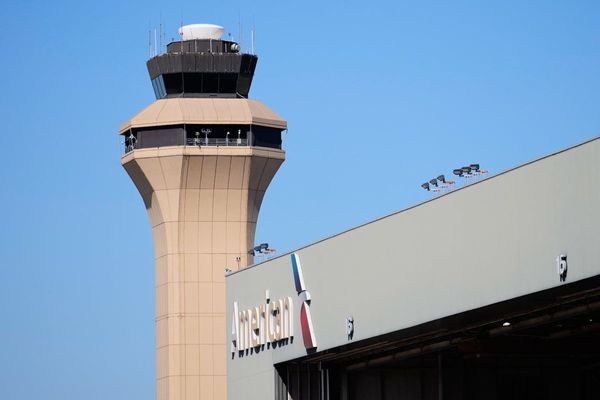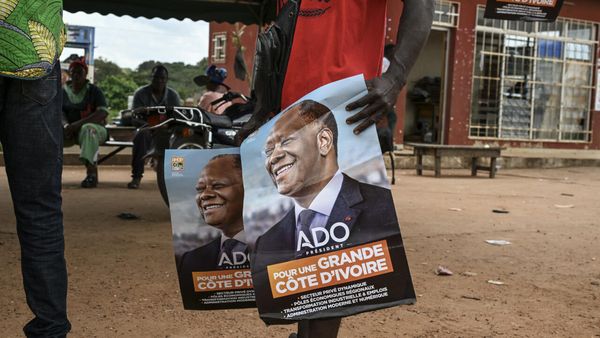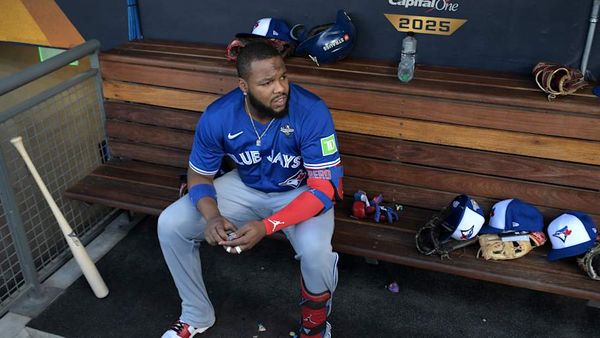
Carnival Corporation (CCL) produced strong free cash flow (FCF) Q4 figures and FCF margins for the period ending Nov. 30. However, CCL stock is off its highs since releasing earnings on Dec. 20.
I discussed this in a recent Barchart article, “Carnival Corp Generates Huge Free Cash Flow for its FY 2024 - CCL Looks Undervalued.”
One way to play this is to sell short cash-secured puts to set a lower buy-in target price and to also get paid.
At the time CCL was at $26.63 but on Friday, Jan. 10, 2025, three weeks later, it closed at $24.27. However, in the last 3 months, it's up just over +20% since closing at $20.20 on Oct. 9.
So is CCL stock worth buying here? And what is the best way to do this for conservative investors?

How to Value CCL Stock Using FCF
The important financial part of Carnival's recent earnings release is that the company generated large amounts of free cash flow (FCF).
FCF is defined as operating cash flow (i.e., earnings plus depreciation and all other non-cash expenses, plus net working capital changes) less capex spending. FCF is what companies use to pay their dividends.
And Carnival hasn't paid a dividend since early 2020 (see my last article). I suspect as its FCF and FCF margins grow, Carnival could return to paying a dividend to shareholders.
It's even possible when the company releases its upcoming annual report and sets an annual meeting it could announce a dividend payment.
After all, as my last article showed, Carnival is now generating significantly more annual FCF compared to the prior year. This can be seen in the table I put together below:

It shows that in the last year ending Nov. 30, Carnival's FCF was almost 15% of its revenue. That was up over 50% from 9.9% last year. In other words, Carnival is squeezing out more cash profits from revenue, which is also growing.
For example, this fiscal year analysts forecast revenue will rise almost $1 billion from $25.02 billion to $26.01 billion, a gain of almost 4%. And for the fiscal year ending Nov. 2026, it could rise to another billion to $27.01 billion.
So, sometime in the next quarter or so, the company will be on a run rate revenue of $26.5 billion in the next 12 months (NTM).
Therefore, if Carnival raises its FCF margin to 16% (see my last article for the reason why), its FCF will be:
$26.5 billion NTM revenue x 0.16 = $4.24 billion FCF
In other words, on a run rate NTM basis, That is 15.9% higher than last year's $3.657 billion in FCF. That is one indication that CCL stock could be worth more.
But how much more?
Valuing CCL Stock Using FCF Yield Metric
Let's assume that Carnival might eventually pay a dividend, and it will set the payout ratio at 50% of its FCF. Moreover, to simplify matters let's assume the market gives the stock a 5% dividend yield.
That is the same as using a 10% FCF yield. Here's why:
50% x FCF = 5% of price (P), is the same as
FCF = 5%/50% x P , or FCF = 0.05/0.50 x P,
FCF = 0.05 x 1/0.50 x P = 0.5 x 2 x P = 0.10 x P,
FCF = 10% x price = i.e., a 10% FCF yield
So, solving for the Price of the stock (i.e., its market cap) is
P = FCF/0.10, so
P = $4.24 billion FCF / 0.10 = $4.25b FCF x 10 = $42.4 billion market cap
This means the target market cap is over one-third higher than today's price. Here's why:
Today's market cap = $31.745 billion, according to Yahoo! Finance. So,
Target Mkt cap / Today's Mkt Cap -1= Upside potential
$42.4b / $31.745 billion -1 = 1.33 -1 = 0..33 = +33% potential upside.
That implies the target price is $32.28, i.e.,
$24.27 price today x 1.33 = $32.28 per share target price.
Analysts Agree CCL Stock is Undervalued
Yahoo! Finance's survey of 29 analysts shows they have an average price target of $29.70. That is 22% higher than Friday's close. Similarly, Barchart's survey has a mean price of $29.36.
AnaChart, a new site that tracks analysts' performance, shows that 19 analysts who have written on CCL stock recently have an average price of $29.99 per share. That is 23.57% higher than Friday's close.
Moreover, many of these analysts have raised their price targets to over $30 per share, close to my $32 price target.

The table above shows that some of these analysts have very high Price Targets Met Ratio metrics. For example, Daniel Politzer, of Wells Fargo, who has a $30 price target (up from $23 per share a month ago) has hit his price targets over 90% of the time.
That should give investors a good deal of comfort that CCL stock looks undervalued.
But what if the stock dips? Can investors set a lower buy-in price target and still get paid to wait for this to happen? Yes. Selling short near-term expiry put options in out-of-the-money (OTM) strike prices is one way to do this.
Shorting OTM Puts
For example, look at the Feb. 7, 2025, put option expiration period (27 days to expiry or DTE). It shows that the $22.00 exercise price has a premium of between 13 cents on the bid side and 38 cents on the midprice. An enterprising short seller might be able to obtain a premium of 25 cents.
That means cash--secured short-put play can generate an immediate yield of over 1.1% over the next 27 days: $0.25 / $22.00 = 0.01136 = 1.136% over 27 DTE

Here is what that means. The investor secures $2,200 for every put contract sold short by entering an order to “Sell to Open.” The account will immediately receive $25, so the yield is $25/$2,200 invested, or 1.136%. For 10 puts sold short this way, the cash secured is $22,000, but the immediate income is $250.
The cash acts as collateral in case CCL stock falls to $22.00, and the account is assigned to buy 100 shares at $22.00 (i.e., 100 x $22 = $2,200 per put contract).
That is a very good short-term investment yield. For example, if repeated every month for 90 days, the investor stands to make an expected return (if the yield stays flat) of over 3.33%.
Moreover, the investor also is implicitly setting a lower buy-in price, since the strike price is 9.3% below the trading price . For example, the strike price of $22.00 has a breakeven level, if the account is assigned to buy 100 shares, at $22.00 - $0.25, or $21.75 per share. That is over 10.3% below Friday's close of $24.27.
That immediately increases the potential upside for the investor if CCL eventually rises to my $32.38 price target over the next year.
Summary
The bottom line here is that CCL stock looks cheap, especially if the company's FCF margins expand to 16% of revenue, up from 15% this past year to Nov. 30. Analysts expect to see sales rise by $1 billion annually over the next 2 years.
That could lead to $4.24 billion in FCF on a run rate basis over the next 12 months (NTM), and a market cap of $42.4 billion, using a 10% FCF yield metric.
That is 33% higher than today's $31.745 billion market capitalization, and implies CCL stock could be worth 33% more, or $32.38 per share. Analysts have price targets ranging from the high $29 range to over $30 per share.
Selling short 1-month-to-expiration put options presents a 1.1% yield opportunity and also sets a 10% lower breakeven price target of $21.75 at the $22.00 strike price. That is one conservative way to play this.
If you want to read more about how to play the upside by buying LEAPs (long-term equity anticipation securities), i.e., long-dated calls, read my article in Medium: “Carnival Stock is Attractive to Long-Term Call Option Buyers.”







